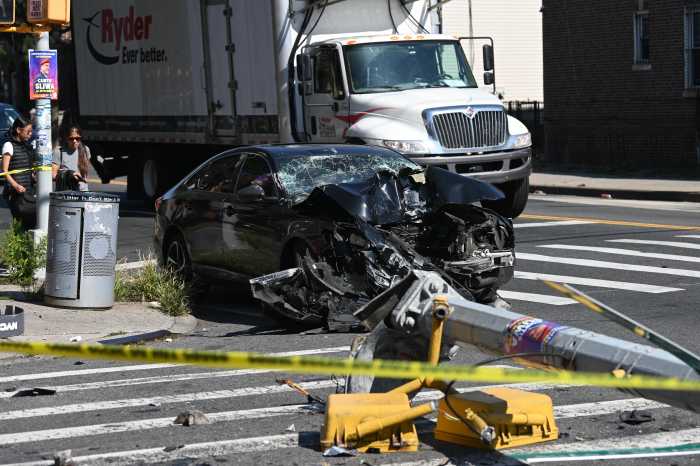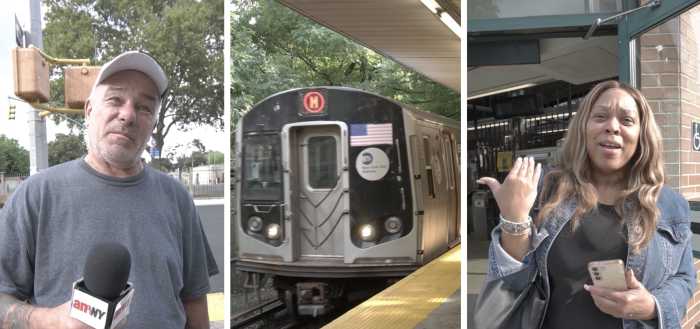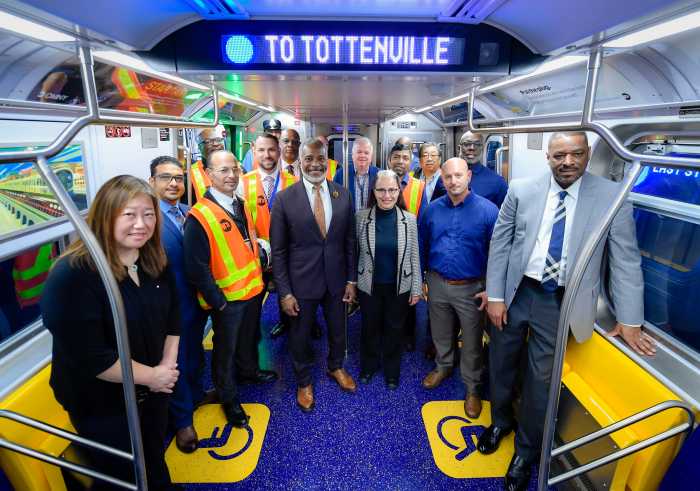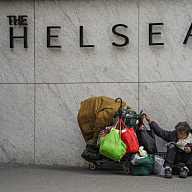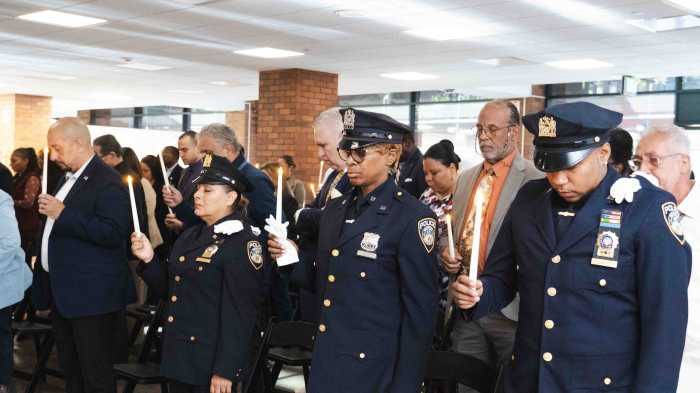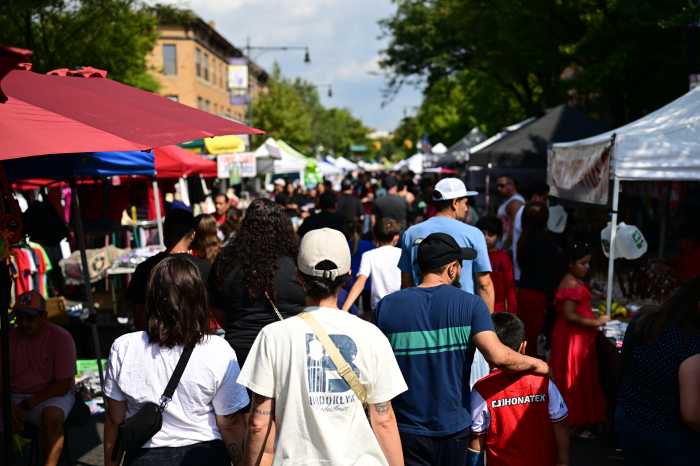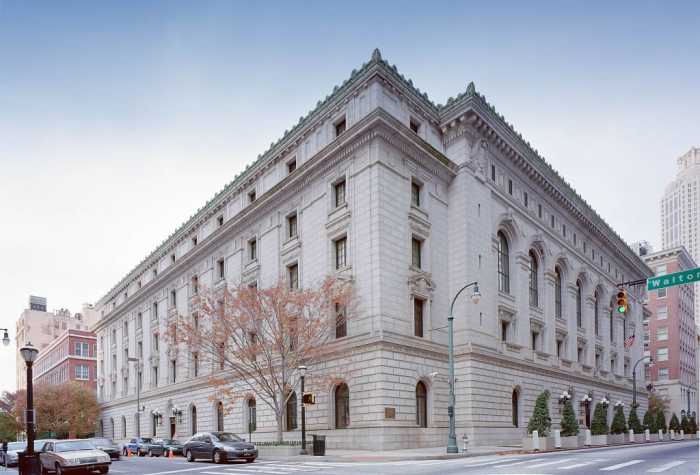The city has released details of what it expects to come out of Gov. Andrew Cuomo’s “subway turnaround plan,” demanding that the MTA redirect funds away if necessary from “less-critical” investments like aesthetic improvements to bridges and subway stations.
With the MTA set to publish a reorganization plan this week, Mayor Bill de Blasio offered the agency his own recommendations Monday.
“The system has begun to turn around from years of improvement to a pattern of decay,” First Deputy Mayor Tony Shorris said during a news conference with reporters. “We are in discussion and have been in discussion with the MTA about a number of these issues, so I don’t think they’ll find any of them particularly foreign.”
Amid a nearly 200 percent increase in delays in recent years, City Hall offered a five-point plan covering issues of accountability, funding and budgeting at the MTA, a state agency.
The city said the MTA should be required to present metrics reports, similar to the NYPD’s monthly Compstat reports on major crimes at every precinct, to keep the agency accountable for making improvements to the system.
The MTA should also be transparent about data such as how long riders have to wait for trains during rush hour and how many times a train is too crowded, the mayor’s office said.
“No train should fail to have air conditioning in the summer, no station should be unattended in case people need help, and riders should never be stuck in trains for more than a few minutes as a result of maintenance issues,” the mayor’s office said in a statement.
The recommendations come just days before MTA chairman Joe Lhota plans on releasing his own report, the result of a 30-day review of MTA operations ordered by Cuomo. Lhota is expected to present his plan by July 31.
The chairman on Monday criticized the mayor over the contributions the city has made to the MTA’s $32 billion capital plan. While the state has pledged about $8.3 billion in funding, the city has pledged $2.5 billion.
That notion has reignited a feud between de Blasio and Cuomo. The mayor is looking to avoid pumping more money into an agency he feels is not properly managing its money while the governor, facing a dip in approval ratings, is attempting to put more responsibility for the beleaguered subway system onto de Blasio.
Lhota also warned that the mayor’s suggestion to use existing capital funds to fix the subways would require pulling money already earmarked for important projects. That’s why the city needs to contribute more operating funds to help restore subway service, according to Lhota.
“The mayor’s solution is rob Peter to pay Paul and take away capital funding that’s already been earmarked for badly needed projects like expanding the Second Avenue subway into Harlem,” Lhota said in a statement. “The mayor should understand the difference between long-term capital investments and the immediate need for operating dollars now.”
Jaqi Cohen, a campaign coordinator at the NYPIRG Straphangers Campaign, sees a benefit in the mayor riding the subways and experiencing what the commuting public experiences. But she’s skeptical that the system will improve unless both the mayor and the governor manage to work together.
“Ultimately when the mayor and governor are pointing fingers and assigning blame to one another, riders continue to suffer,” said Cohen. “The only real way we’re going to see a change in the system is for these two men to work together and not just blame one another.”



